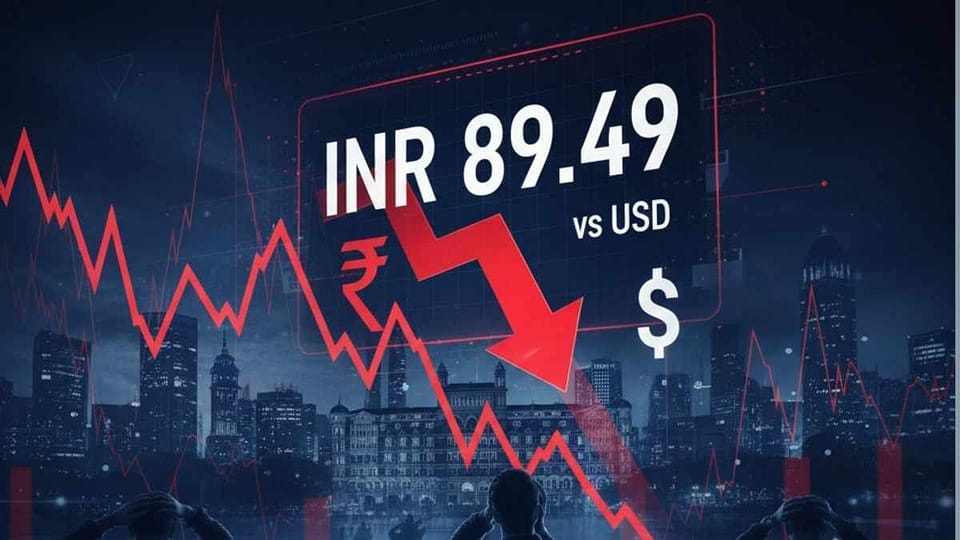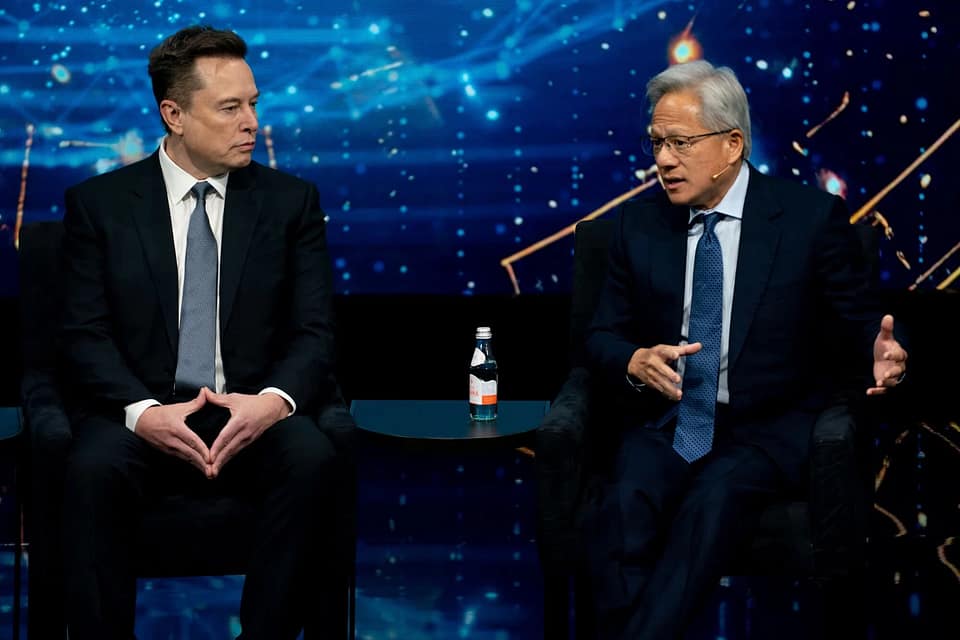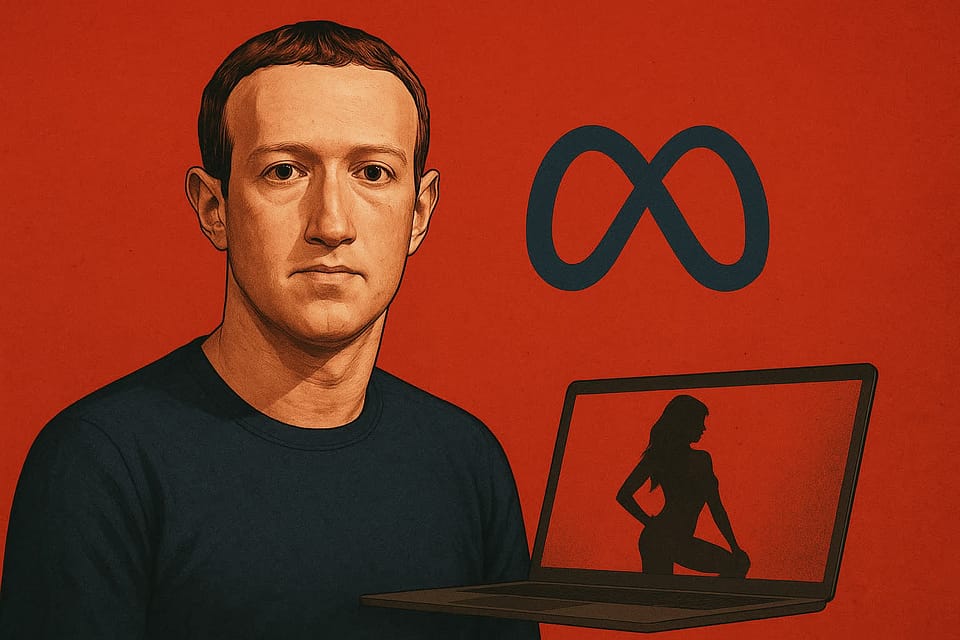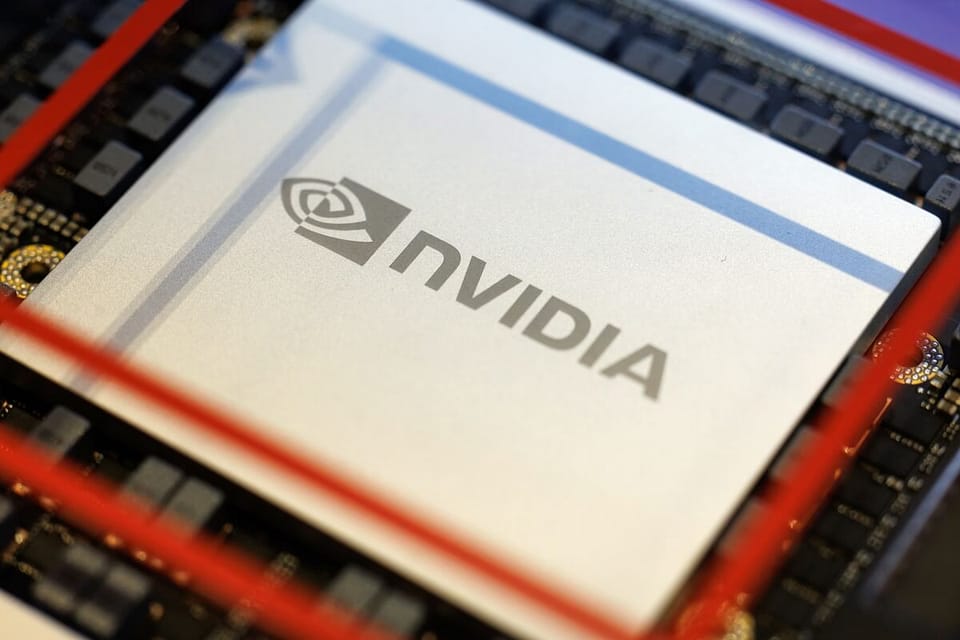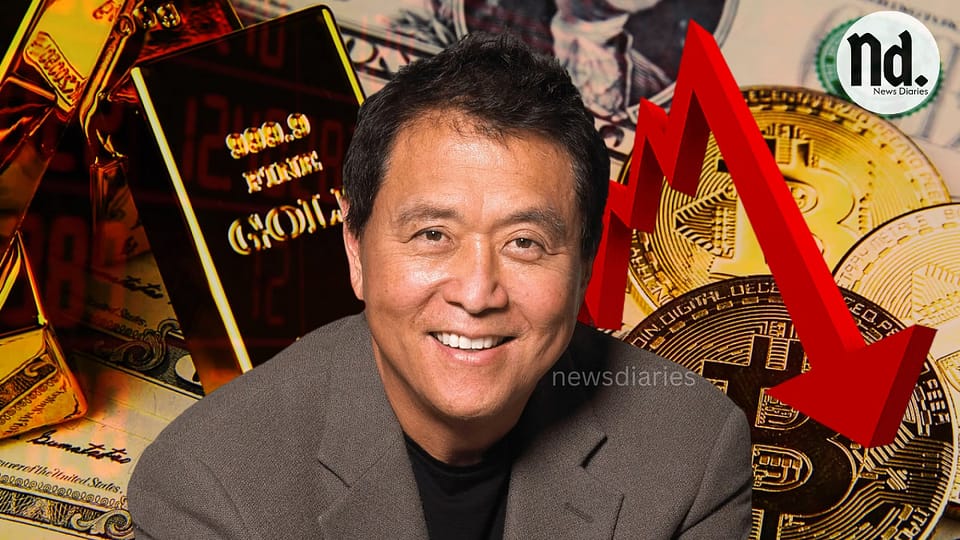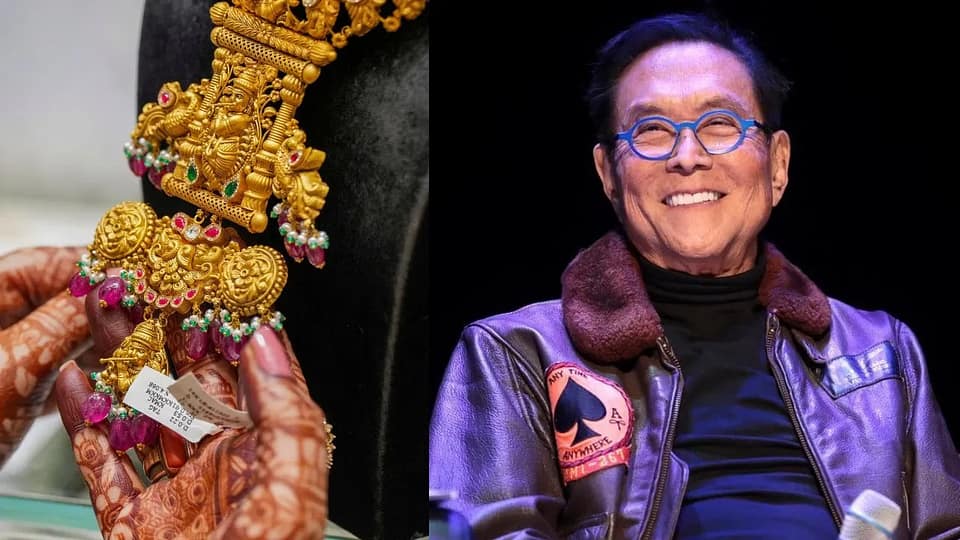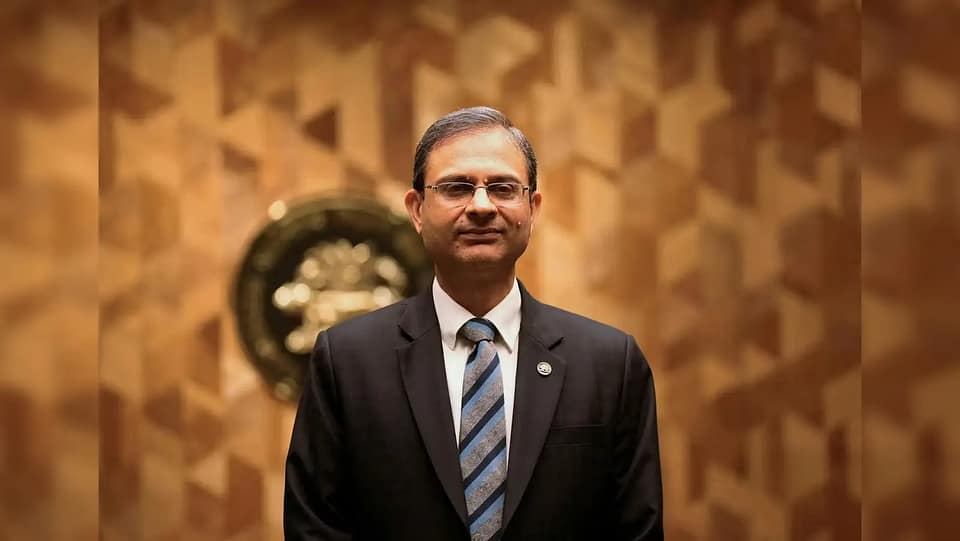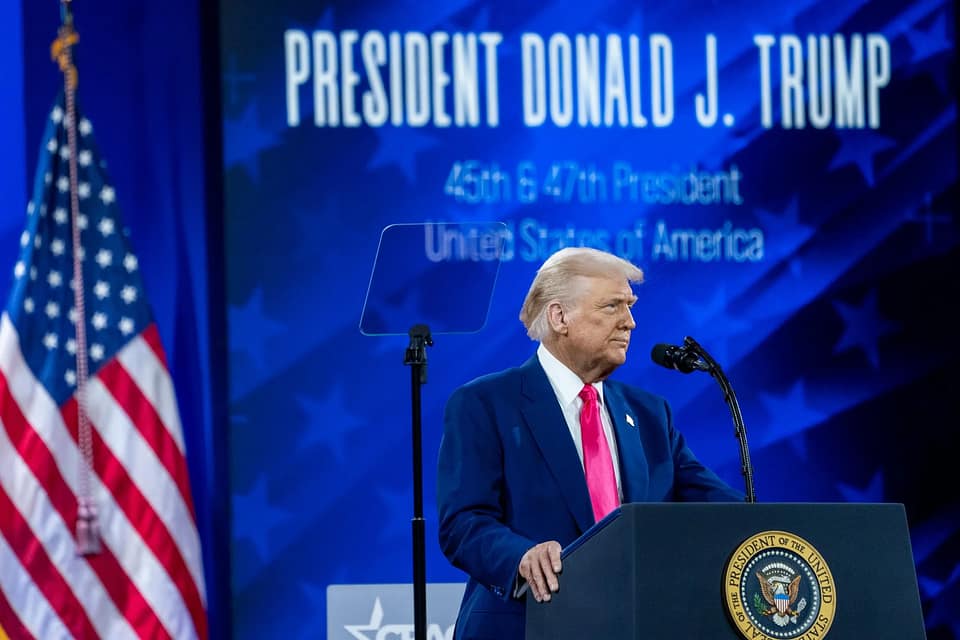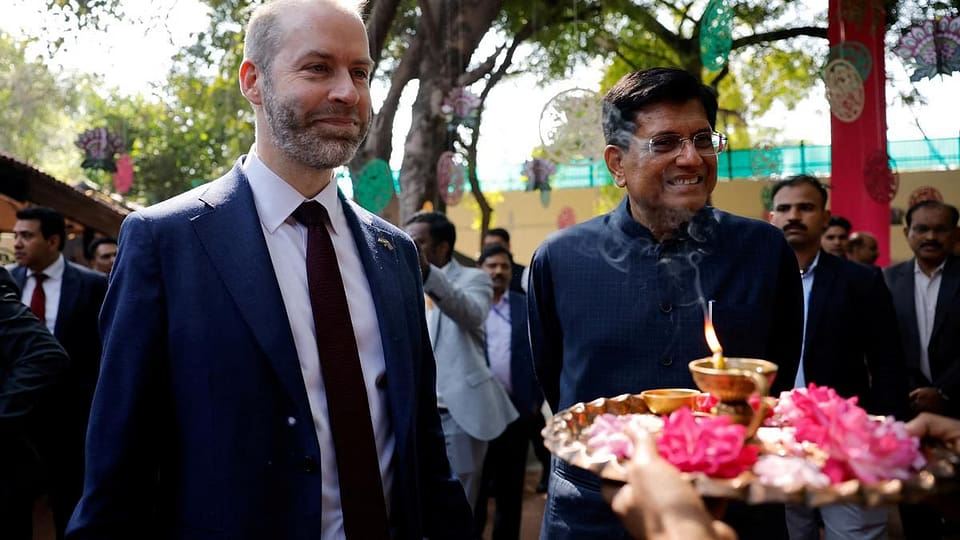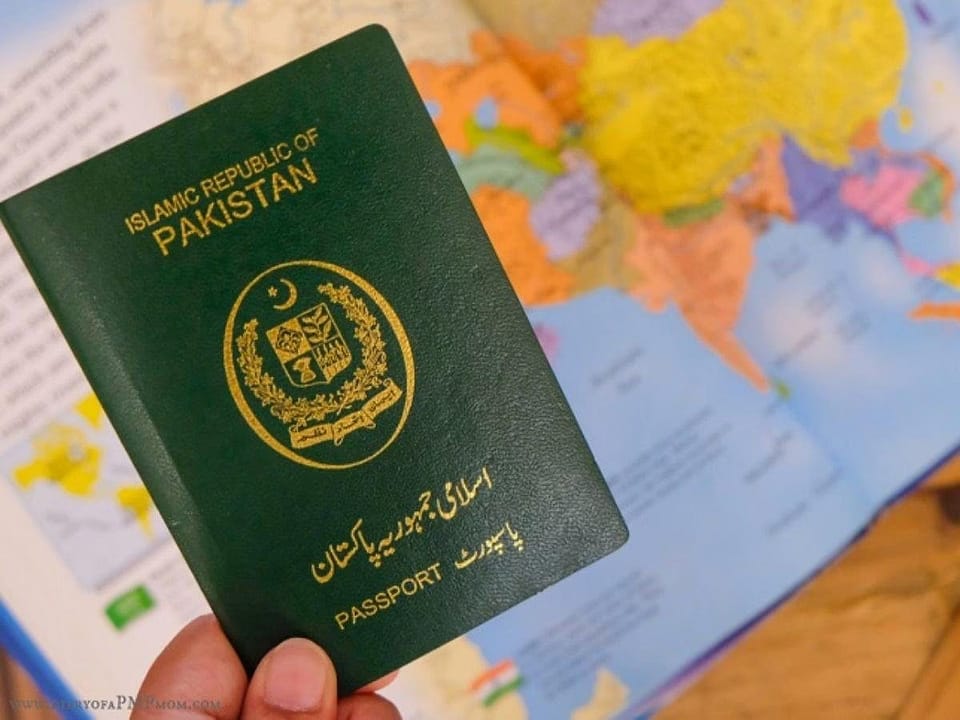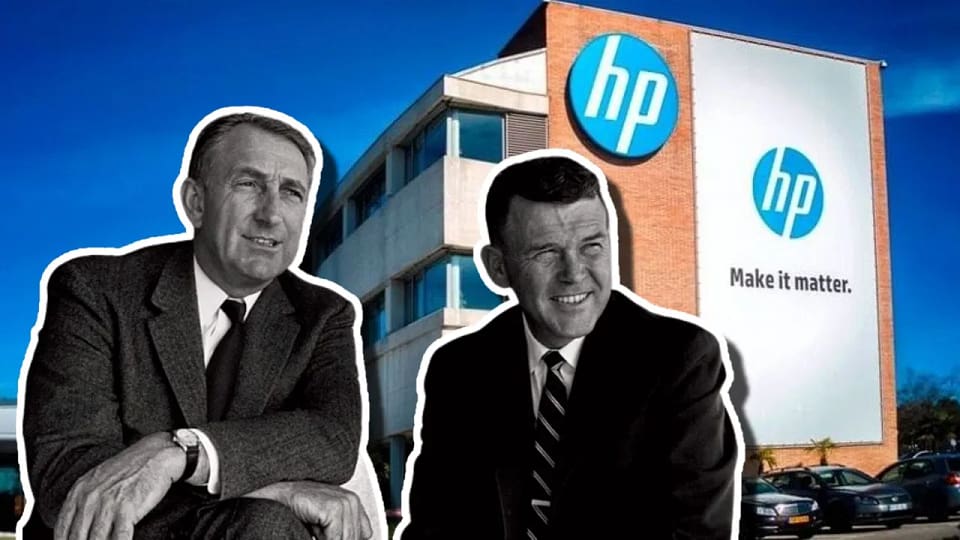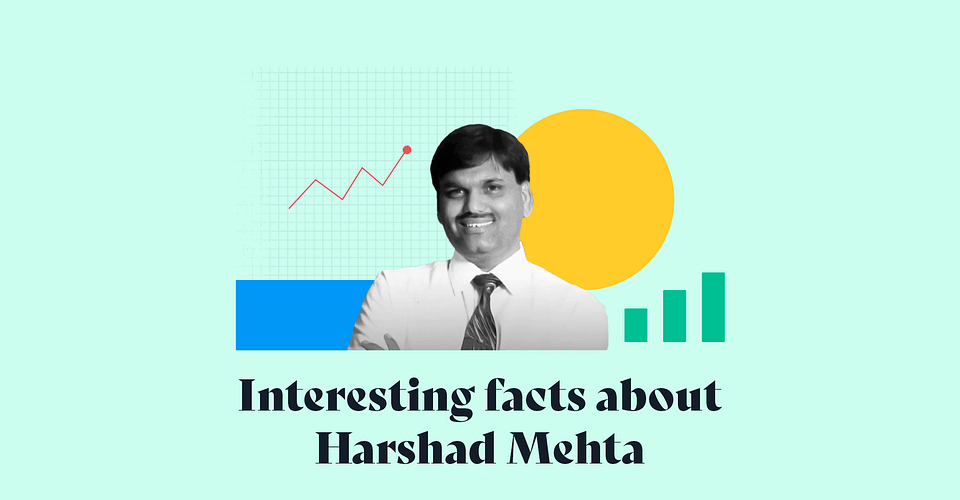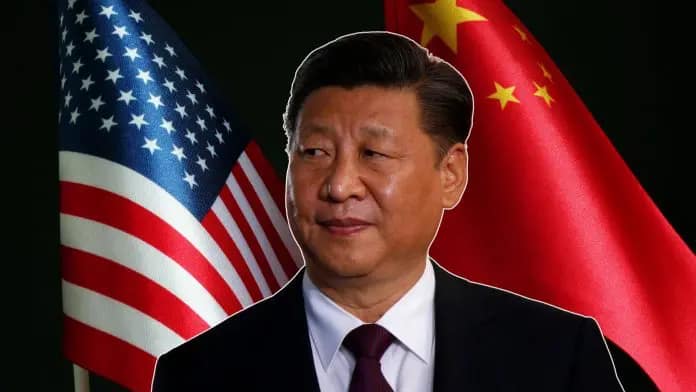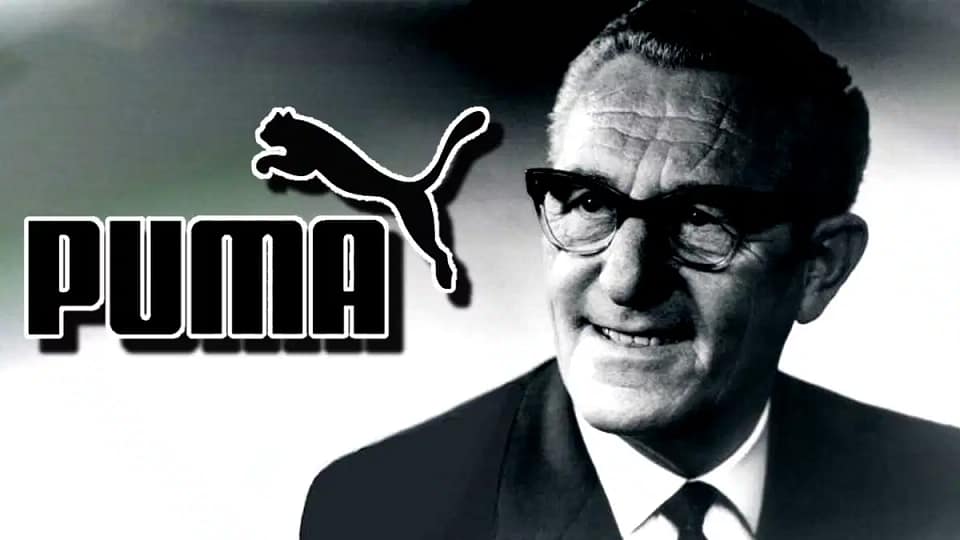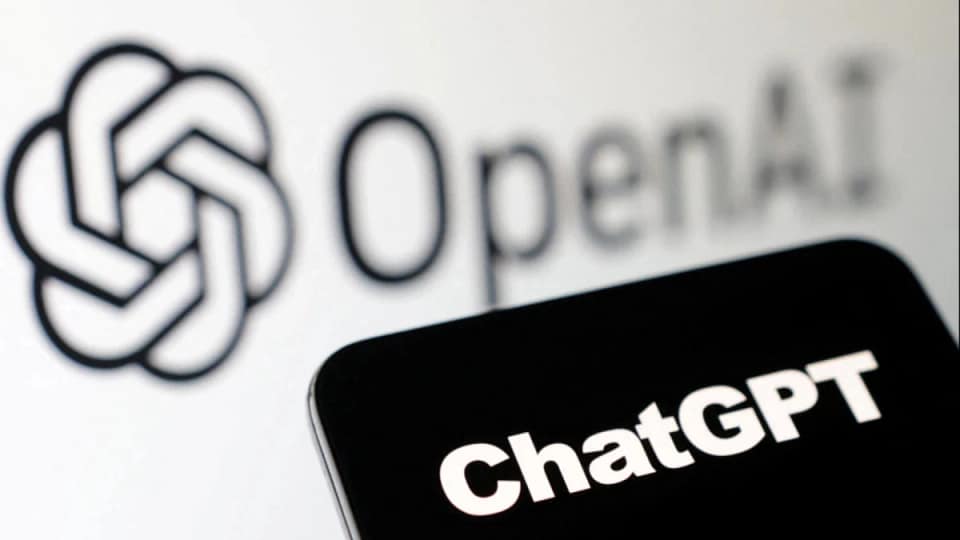Harshad Mehta, a name synonymous with ambition, audacity, and controversy, remains one of the most polarizing figures in India’s financial history. Known as the “Big Bull” of Dalal Street, his meteoric rise and dramatic fall in the early 1990s reshaped the country’s stock market and banking system. Here are 20 mind-blowing facts about Harshad Mehta that reveal the man, the myth, and the seismic impact he had on Indian business.

1. Humble Beginnings in a Gujarati Household
Born on July 29, 1954, in Paneli Moti, Rajkot, Harshad Shantilal Mehta grew up in a modest Gujarati Jain family. His father, a small-time textile trader, moved the family to Mumbai’s Borivali, where young Harshad showed no early signs of financial genius. A cricket enthusiast, he was an average student who later pursued a B.Com from Lala Lajpatrai College in 1976.
2. From Odd Jobs to Stock Market Dreams
Before becoming a stock market titan, Mehta hustled through a string of odd jobs—selling hosiery, sorting diamonds, even working as a cement contractor. His first brush with finance came as a salesperson at New India Assurance Company, where he stumbled upon his fascination with the stock market.
3. The Brokerage Breakthrough
In 1981, Mehta quit his job to join a brokerage firm under mentor Prasann Pranjivandas. By 1984, he secured a membership with the Bombay Stock Exchange (BSE) and founded GrowMore Research and Asset Management. This was the launchpad for his larger-than-life career.
4. The “Big Bull” Moniker
By 1990, Mehta’s aggressive trading earned him the nickname “Big Bull.” Media outlets, including Business Today, ran cover stories like “Raging Bull,” cementing his image as a market mover. He was likened to Amitabh Bachchan for his charisma and influence.
5. A Lavish Lifestyle That Turned Heads
Mehta lived like royalty in a 15,000-square-foot Worli penthouse with a mini-golf course and swimming pool—luxuries unheard of in 1990s India. His fleet of cars, including a Toyota Corolla, Lexus LS400, and Toyota Sera, screamed success and drew public awe.
6. Master of the Replacement Cost Theory
Mehta championed the “replacement cost theory,” arguing that stocks like Associated Cement Company (ACC) were undervalued based on the cost to replicate their assets. He drove ACC’s stock from ₹200 to nearly ₹9,000, showcasing his ability to sway markets.
7. The 1992 Securities Scam
Mehta’s empire unraveled with the 1992 securities scam, valued at ₹4,000 crore (over ₹24,000 crore today). He exploited loopholes in the banking system, using fake bank receipts to siphon funds and inflate stock prices, triggering a market boom—and eventual crash.
8. Fake Bank Receipts, Real Chaos
Mehta’s scam hinged on “ready forward” deals, where he used fraudulent bank receipts to secure unsecured loans from banks like the State Bank of India. These funds were funneled into the stock market, artificially boosting shares of companies like ACC and Videocon.
9. Sensex Surge and Collapse
Between 1991 and 1992, Mehta’s manipulations propelled the BSE Sensex from 1,000 to 4,500 points. When the scam broke, the market crashed over 40%, wiping out ₹1 lakh crore in investor wealth and shaking confidence in India’s financial system.
10. Sucheta Dalal’s Exposé
Journalist Sucheta Dalal blew the lid off Mehta’s scheme with a Times of India article on April 23, 1992. Her investigation, sparked by Mehta’s flashy Lexus, revealed how he defrauded banks, leading to his arrest and a national uproar.
11. A Legal Quagmire
Mehta faced 72 criminal charges and over 600 civil suits. Despite hiring legal heavyweight Ram Jethmalani, he was convicted in only four cases before his death. The complexity of the scam tied up courts for decades, with some cases lingering even today.
12. The Narasimha Rao Allegation
In a 1993 press conference, Mehta claimed he paid ₹1 crore to then-Prime Minister Narasimha Rao to secure leniency. Though unproven and denied by Congress, the allegation rocked India’s political landscape, adding fuel to his notoriety.
13. A Family Under Siege
Mehta’s brothers, Ashwin and Sudhir, were also arrested, and the family’s assets were frozen for decades. His wife, Jyoti Mehta, later launched a website defending his legacy, arguing he was scapegoated for systemic flaws.
14. Death in Custody
On December 31, 2001, Mehta died of a heart attack at 47 while in custody in Thane jail. His sudden death sparked conspiracy theories, with some believing the stress of litigation and isolation took its toll.
15. SEBI’s Overhaul
The scam exposed glaring gaps in India’s financial oversight. The Securities and Exchange Board of India (SEBI) gained teeth through the 1995 Securities Laws Amendment, introducing stricter regulations and paving the way for electronic trading.
16. Banking Reforms Born of Scandal
Mehta’s exploitation of lax banking controls—colluding with complicit officials—led to sweeping reforms. Banks tightened internal audits, and the Reserve Bank of India cracked down on unsecured lending practices.
17. A Pop Culture Icon
Mehta’s life inspired the 2020 web series Scam 1992: The Harshad Mehta Story, based on Sucheta Dalal’s book The Scam. Starring Pratik Gandhi, it became a global hit, ranking among IMDb’s highest-rated shows and reviving public fascination.
18. Not Just a Villain
Some financial experts argue Mehta didn’t “steal” but exploited legal loopholes. His ability to spot undervalued stocks and rally investors earned grudging respect, with admirers calling him a visionary caught in a broken system.
19. The Retail Investor Boom
Ironically, Mehta’s scam fueled middle-class interest in stocks. His media stardom demystified the market, encouraging retail investors to participate—though many learned the hard way about its risks.
20. A Lasting Legacy
Three decades later, Mehta’s name still evokes debate. Was he a fraudster or a scapegoat? His scam forced India to modernize its markets, but it also highlighted the dangers of unchecked ambition. As one Economic Times writer noted, “The problem wasn’t just Mehta—it was a unique time when scamsters thrived amid change.”
The Business Takeaway
Harshad Mehta’s story is a masterclass in ambition gone awry. For entrepreneurs, it’s a reminder to play by the rules, no matter how tempting shortcuts seem. For investors, it underscores the need for due diligence—hype can hide havoc. And for regulators, it’s a call to stay vigilant, because every system has its cracks.
Mehta wasn’t just a man; he was a mirror reflecting India’s economic growing pains in the 1990s. His audacity drove markets to dizzying heights, but his recklessness brought them crashing down. Today, as India’s markets soar past 80,000 Sensex points, Mehta’s legacy lingers as both a cautionary tale and a testament to the allure of dreaming big.
Discover more from News Diaries
Subscribe to get the latest posts sent to your email.

